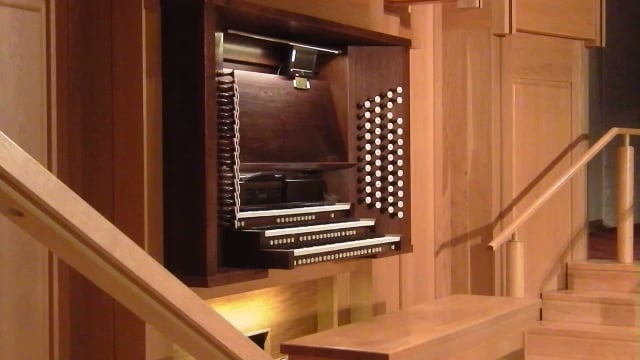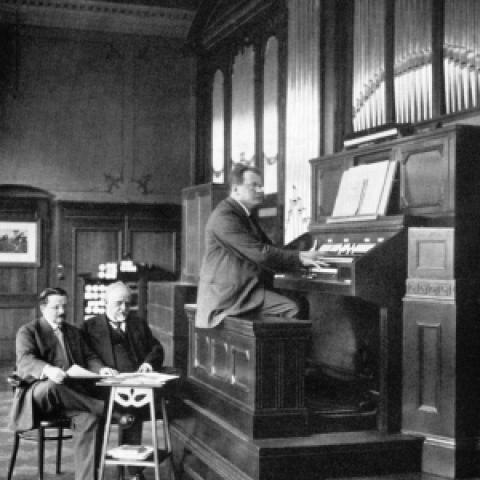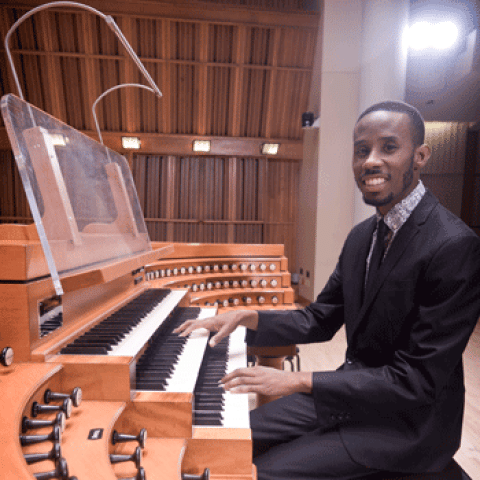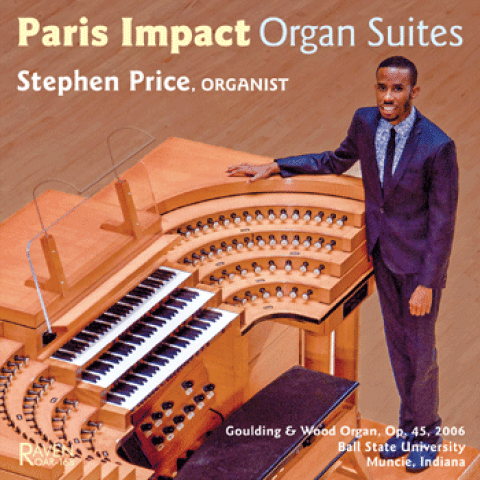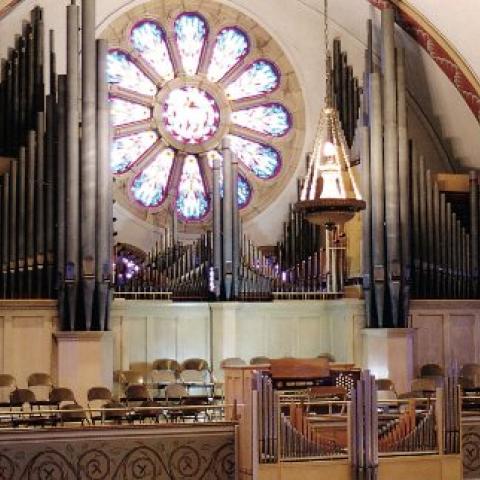
Janette Fishell’s recording of Beethoven works attributed to organ (or clock organ) that were previously missing from the NAXOS catalogue has been released as part of that company’s newly issued complete box set. Fuge in D-dur, WoO 31, Fünf Stücke für eine Spieluhr, WoO 33, and Grenadiermarsch für Flötenuhr F-Dur, Hess 107, were recorded on the Maidee H. and Jackson A. Seward Organ, C. B. Fisk, Inc., Opus 135, in the Jacobs School of Music, Indiana University, Bloomington.
Fishell is professor of music and chair of the organ department at Jacobs School of Music and concertizes under the auspices of Karen McFarlane Artists, Inc.
For information: https://info.music.indiana.edu/faculty/current/fishell-janette.shtml.

